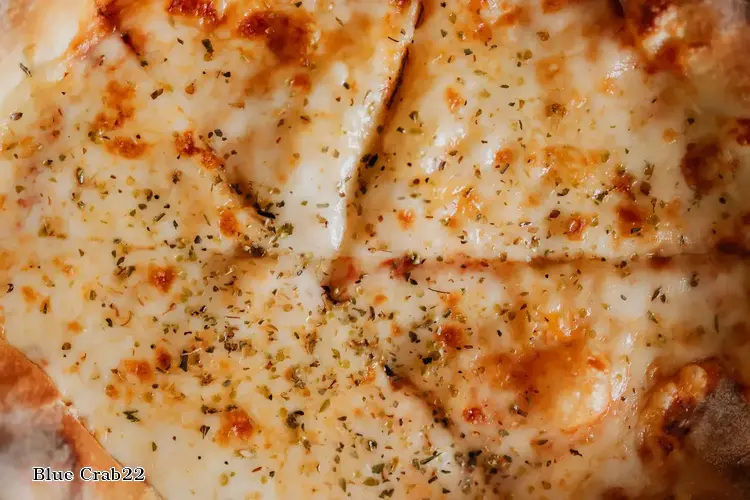

Introduction:
The blue crab (Callinectes sapidus) is a highly prized seafood delicacy, renowned for its sweet and succulent meat. Native to the Atlantic Ocean, it is particularly abundant in the Chesapeake Bay region of the United States.
Physical Characteristics:
Blue crabs are characterized by their distinctive blue-green coloration, which intensifies when they are cooked. They have a hard exoskeleton, with five pairs of legs and two large claws. The males, known as "jimmies," are typically larger than the females, or "sooks."
Habitat and Distribution:
Blue crabs inhabit shallow, brackish waters, including estuaries, bays, and coastal marshes. They are found along the Atlantic coast from Nova Scotia to the Gulf of Mexico, with the Chesapeake Bay being a major center of their population.
Life Cycle:
Blue crabs have a complex life cycle that involves several stages. They begin as planktonic larvae, which drift with the currents. As they mature, they settle into the bottom and develop into juvenile crabs. After several molts, they reach adulthood and become sexually mature.
Commercial Importance:
Blue crabs are a significant commercial fishery in the United States. They are harvested using traps, pots, and dredges. The Chesapeake Bay is the largest producer of blue crabs in the country, accounting for over half of the total catch.
Culinary Value:
Blue crabs are highly prized for their delicate and flavorful meat. They are typically steamed or boiled, and the meat can be used in a variety of dishes, including crab cakes, soups, and salads. The claws are particularly sought after for their sweet and tender texture.
Nutritional Value:
Blue crabs are a good source of protein, omega-3 fatty acids, and vitamins. They are also low in calories and fat.
Conservation:
Blue crab populations have declined in recent years due to overfishing, habitat loss, and pollution. Conservation efforts are underway to protect and restore their populations, including regulations on fishing practices and habitat restoration projects.
Conclusion:
The blue crab is a culinary delicacy that has played an important role in the culture and economy of the Chesapeake Bay region. Its sweet and succulent meat, combined with its nutritional value, make it a highly sought-after seafood. Conservation efforts are essential to ensure the sustainability of this valuable resource for future generations.
DISCLAIMER: This information is provided for general informational purposes only, and publication does not constitute an endorsement. Kwick365 does not warrant the accuracy or completeness of any information, text, graphics, links, or other items contained within this content. Kwick365 does not guarantee you will achieve any specific results if you follow any advice herein. It may be advisable for you to consult with a professional such as a lawyer, accountant, or business advisor for advice specific to your situation.
today
Copyright © 2025 KwickEAT.com
Designed by KwickPOS is the best restaurant POS